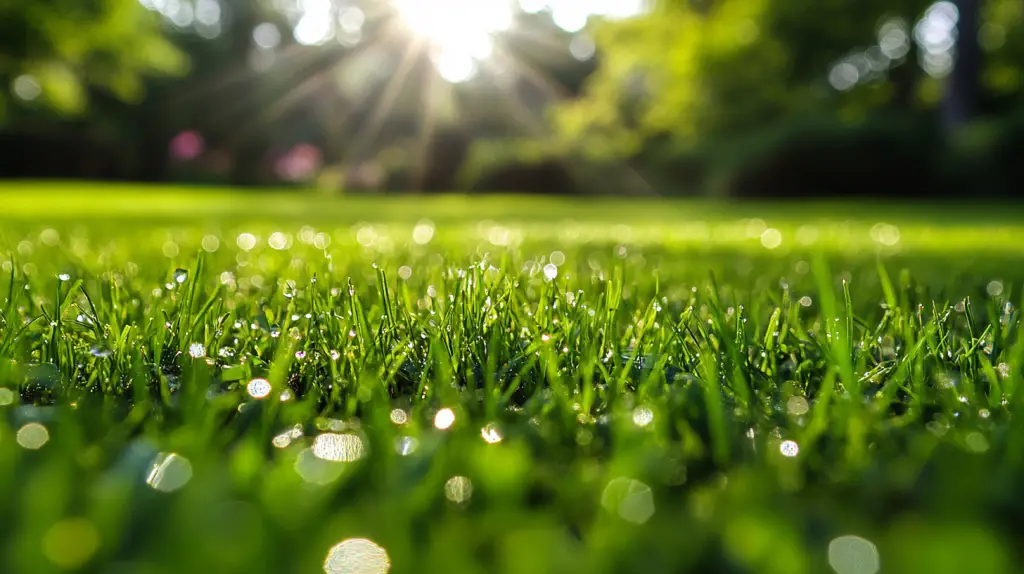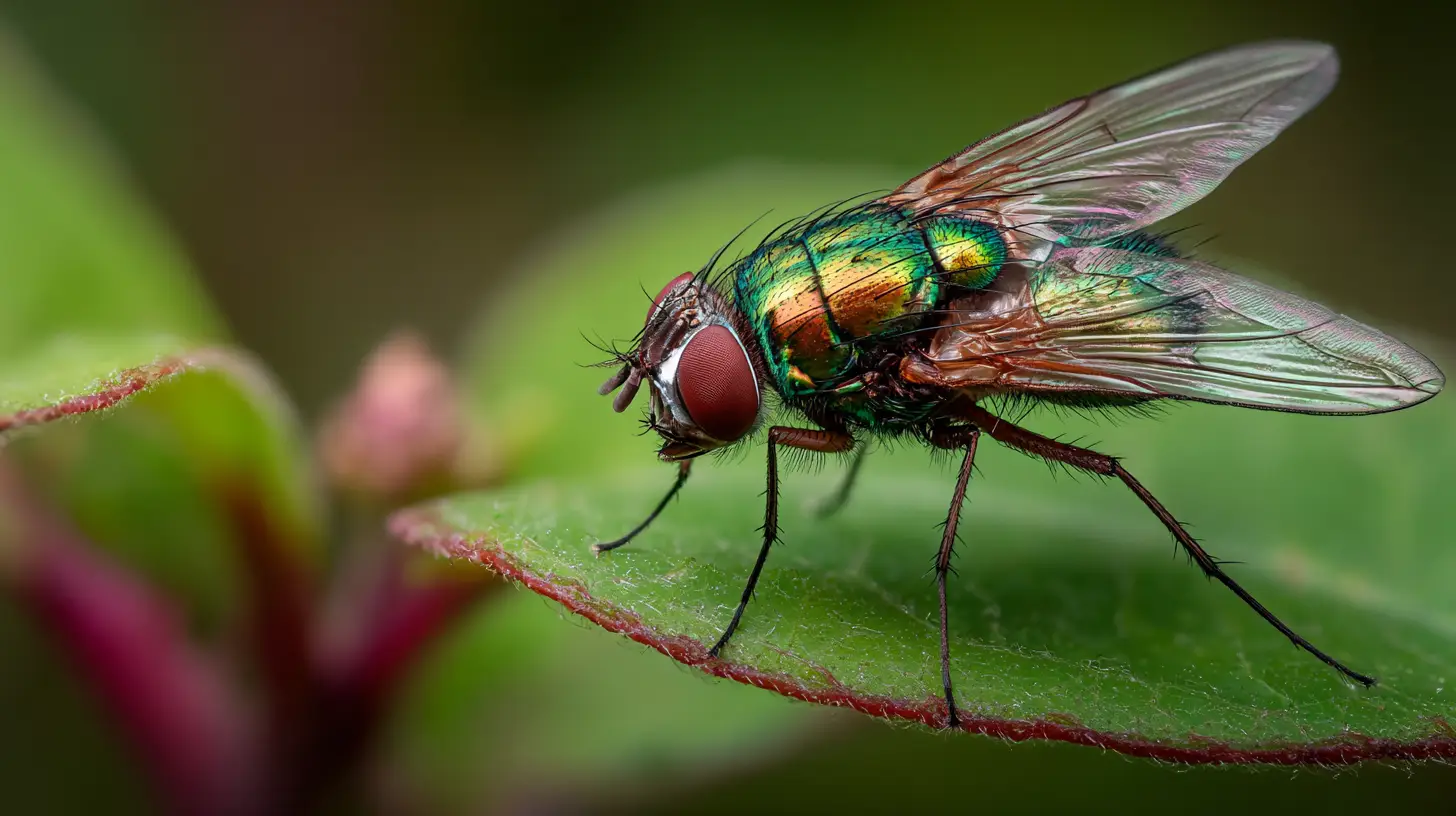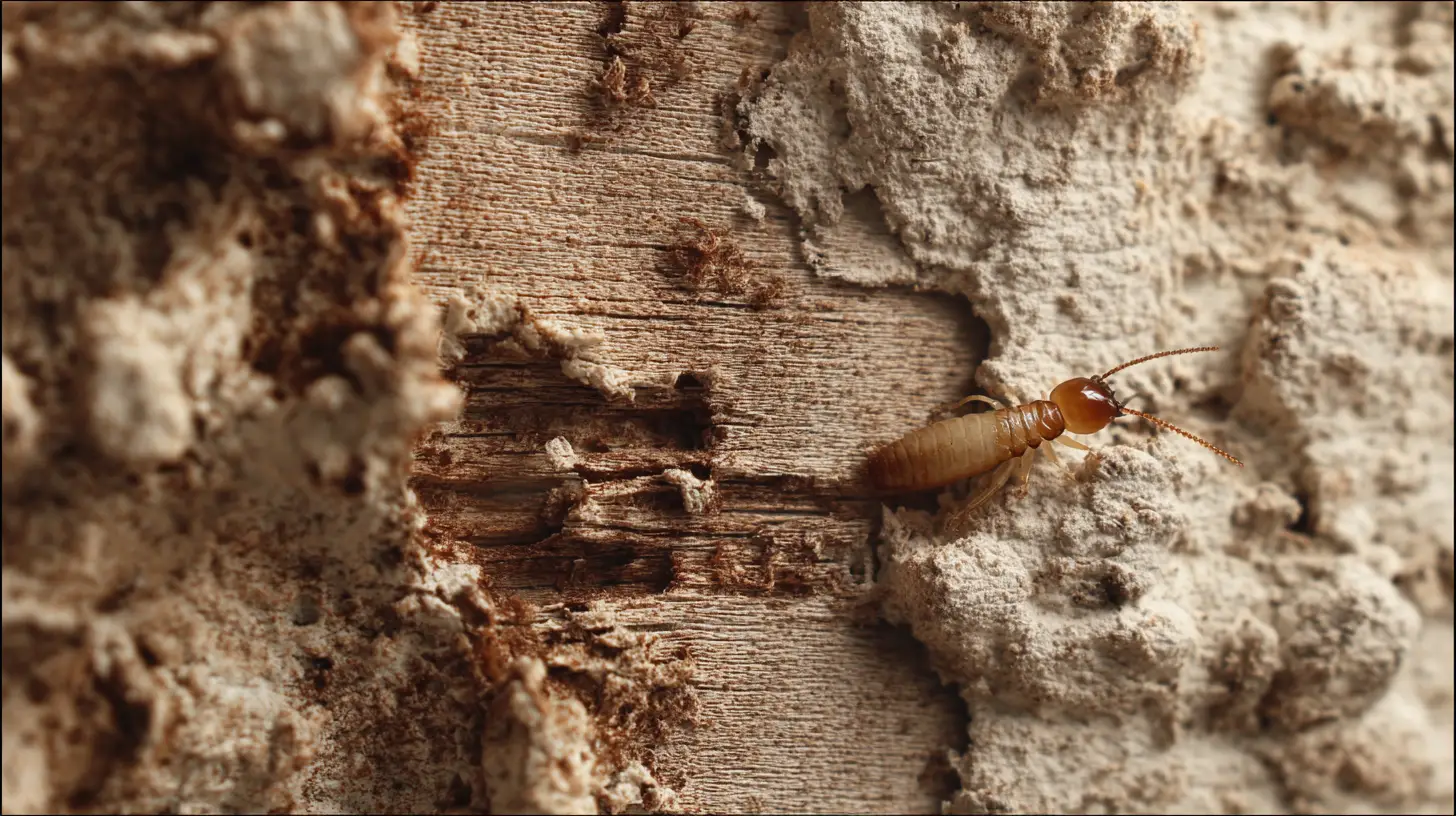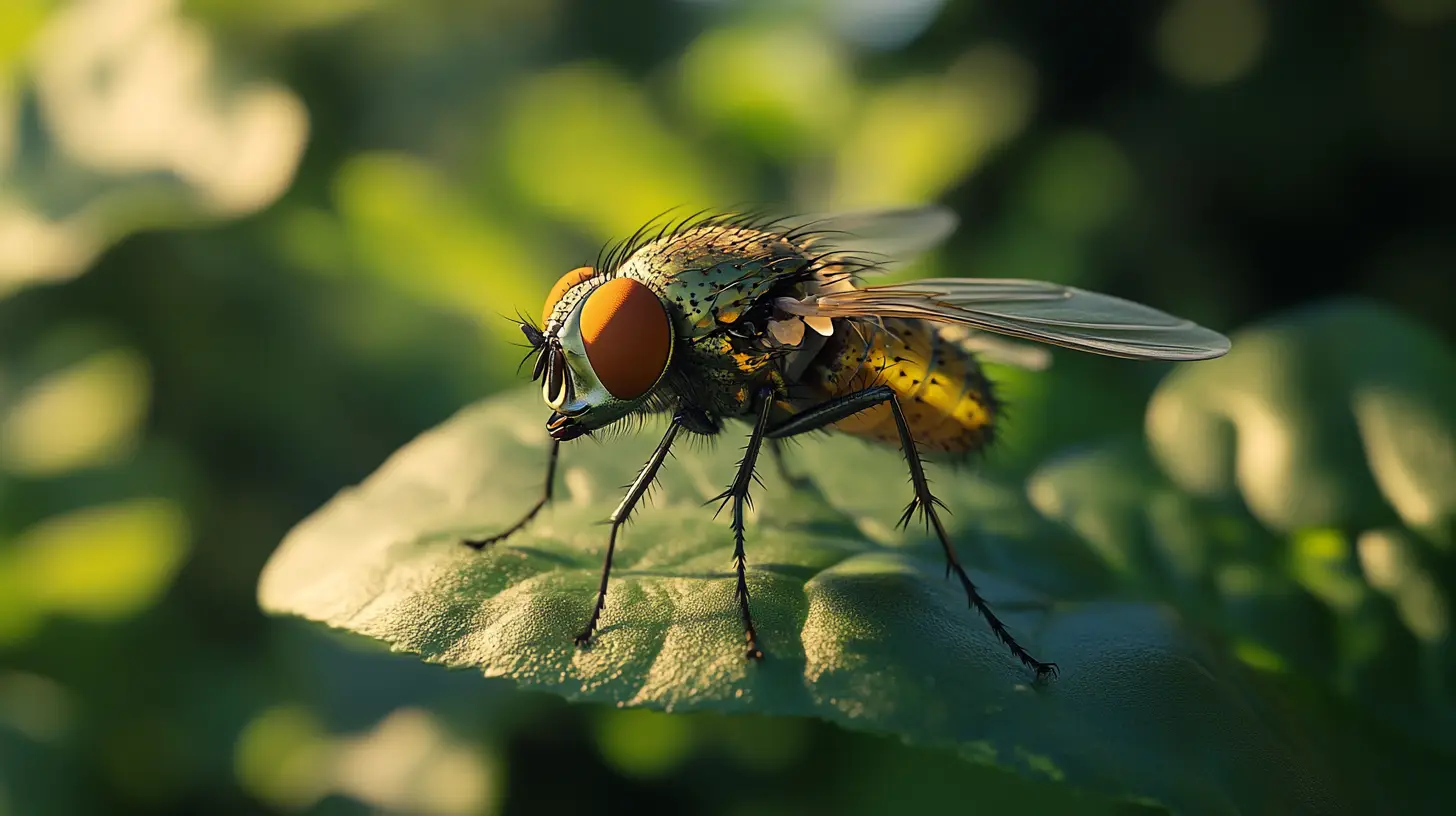
Table of Contents
Look, we all know lawn care hacks can feel like some mysterious science that only your neighbor with the perfect grass seems to understand. But here’s the thing about living in Lakewood Ranch – between our sandy soil, summer storms, and that brutal Florida sun, your lawn needs some serious TLC that goes way beyond the basic “water and hope for the best” approach.
The good news? You don’t need a horticulture degree or a trust fund to get gorgeous grass. These nine simple tricks work with Florida’s weird weather patterns, and most of them use stuff you probably already have lying around your house.
Key Takeaways
Here’s what matters most when you’re trying to keep your grass happy in our little slice of Florida paradise:
- Work with the sandy soil, not against it. Coffee grounds, compost, and clover all help our nutrient-poor soil actually hold onto the good stuff instead of letting it wash away with every afternoon thunderstorm.
- Height is everything. Mowing at 3-4 inches isn’t just a suggestion – it’s survival strategy. Taller grass shades its roots, holds moisture better, and develops the deep root system that can handle our drought-to-flood weather swings.
- Timing beats frequency. One deep weekly watering before 10 AM will always win over daily sprinkles. Your grass will thank you, and so will your water bill.
- Natural pest control actually works. Beneficial nematodes aren’t just hippie nonsense – they’re science-backed pest fighters that thrive in our warm climate.
- Choose your grass wisely. St. Augustine and Zoysia can handle salt stress, Bahiagrass survives neglect, and Seashore Paspalum looks amazing but demands attention. Pick the personality that matches your lifestyle.
The biggest game-changer? Stop thinking your lawn needs to look like a golf course. A healthy, low-maintenance yard that can roll with Florida’s punches is way more impressive than perfect grass that requires constant babying.
Your Coffee Addiction Just Became Your Lawn’s Best Friend
Before you toss those used coffee grounds in the trash, hear me out. Your St. Augustine grass is basically begging for those leftover grounds from your morning brew.
Here’s why this works so well in Lakewood Ranch: our sandy soil is notoriously terrible at holding onto nutrients. Those coffee grounds? They’re packed with nitrogen, phosphorus, and potassium – plus micronutrients like magnesium that our soil desperately needs.
The best part is how slowly they break down in our sandy soil, giving your grass a steady stream of nutrients instead of one big dump that washes away with the next thunderstorm.
Pro tip: Don’t go dumping your entire French press worth in one spot. Sprinkle them lightly and mix with some grass clippings or leaves. Think light seasoning, not a caffeine overdose for your lawn.
Stop Bagging Your Clippings (Seriously, Just Stop)
This one’s going to sound too easy, but stick with me. Cut your grass at about 3-4 inches high and leave those clippings right where they fall.
I know, I know – it looks messy at first. But grasscycling (fancy word for being lazy with cleanup) is actually genius for Lakewood Ranch lawns. When you mow high, your grass shades its own roots, which means it stays cooler and holds moisture better. And those clippings? They decompose fast in our humidity and feed your lawn free nitrogen.
Your grass gets taller roots, better drought resistance, and you get to skip the whole bagging routine. Win-win.
The Epsom Salt Secret Your Grass Wishes You Knew
If your lawn looks yellow and sad even after fertilizing, it might be missing something sneaky: magnesium. This is super common in Lakewood Ranch because our sandy soil and reclaimed water can wash magnesium right out of the root zone.
Grab some Epsom salt from the pharmacy (yep, the foot-soaking stuff) and sprinkle about half a pound per 100 square feet. Water it in, and watch your grass perk up like it just had its morning coffee.
This works especially well if you’re using reclaimed water, which a lot of us do here. The sulfur in Epsom salt helps balance out that salty buildup too.

Get Pest-Free Today!
Trust Waves Pest Control for expert pest solutions in Florida. Call now or request your free quote online!
Request a QuoteDeploy Your Microscopic Army Against Lawn Pests
Forget the chemical warfare – there’s a cooler way to handle grubs, chinch bugs, and other lawn destroyers. Beneficial nematodes are tiny, worm-like creatures that hunt down pest larvae like it’s their day job.
You can order these little warriors online or grab them at local garden centers. Mix them with water and spray them on moist soil. They’ll get to work infecting pest larvae naturally, and they thrive in Florida’s warm, sandy conditions.
It’s like having your own invisible pest control team working 24/7. Pretty satisfying knowing your lawn has backup.
Don’t Scalp Your Grass Into Submission
We’ve all been there – you skip mowing for two weeks, then try to make up for lost time by cutting everything down to the dirt. Don’t do this. Your grass will hate you for it.
When you scalp your lawn, you’re basically creating the perfect environment for thatch buildup – that gross, spongy layer that traps moisture and becomes a pest hotel. In Lakewood Ranch’s humid climate, this is a recipe for disaster.
Stick to the one-third rule: never cut more than a third of the grass blade at once. Your lawn will develop deeper roots and actually look better between cuts.
Give Your Lawn Room to Breathe
Summer rains hit hard here, but our sandy soil plus any thatch buildup doesn’t exactly scream “great drainage.” The result? Swampy, sad turf that can’t handle stress.
Core aeration is your friend. Rent an aerator (or just stab a garden fork around your yard like you’re tenderizing meat). Then spread about half an inch of compost over everything and rake it smooth.
This combo breaks up soil compaction, improves drainage, and feeds the beneficial microbes that keep your lawn healthy. Your grass will be able to breathe again, and heavy summer storms won’t leave you with standing water.
Water Like You Mean It (But Do It Smart)
Quick daily sprinkles are basically useless in Lakewood Ranch heat. Your grass needs a good, deep drink about once a week – think three-quarters to one inch of water all at once.
Water before 10 AM so your grass has time to absorb moisture before the Florida sun kicks in. This trains roots to grow deeper, making your lawn tougher during dry spells.
Bonus hack: If you’re dealing with salt stress from storm surge or reclaimed water, flush your lawn with 2-3 inches of water occasionally. This washes salts below the root zone and can eliminate up to 90% of salt buildup in sandy soil.
Embrace the Clover Revolution
Before you declare war on every clover in your lawn, consider this: white clover might be the support system your grass never knew it needed.
Clover pulls nitrogen out of the air and feeds it directly to the soil. It stays green during cooler months with barely any water, fills in thin spots, and needs almost zero fertilizer once it’s established.
Sure, it might brown out during peak summer heat, but it bounces back fast. Think of it as seasonal backup for your turf that actually makes your lawn healthier.
Choose Your Fighter: Grass Types That Can Handle Lakewood Ranch Life
Not all grass is cut out for our sun-scorched, occasionally salt-splashed, surprise-drought lifestyle. Here’s what actually works:
St. Augustine and Zoysia are your salt-tolerant champions if you’re using reclaimed water or live near the coast. St. Augustine especially loves being mowed at 3-4 inches and stays fuller with less water.
Bahiagrass is the survivalist option – it’ll brown out during dry spells but snaps back with rain. Not the lushest, but incredibly low-maintenance.
Seashore Paspalum has next-level salt tolerance but needs more babying. Think golf course beautiful but high-maintenance relationship.
The Bottom Line on Lakewood Ranch Lawn Care
With Florida’s fertilizer blackout period running through summer, these simple hacks become even more valuable. Coffee grounds, smart mowing, and working with your soil instead of against it will keep your lawn looking decent while your neighbors wonder what you’re doing differently.
The secret isn’t spending more money or time – it’s working smarter with what Lakewood Ranch throws at you. Your future self (and your water bill) will thank you.
Frequently Asked Questions (FAQs)
Will coffee grounds make my lawn too acidic?
Nope! Used coffee grounds are actually close to neutral pH (around 6.8), so they won’t mess with your soil’s balance. Fresh grounds are acidic, but once they’ve been brewed, you’re good to go. Just don’t dump them in thick piles – spread them light and mix with other organic matter.
How often should I use Epsom salt on my Lakewood Ranch lawn?
About 2-3 times per year is plenty. Spring and fall are ideal, with maybe one summer application if your grass is looking particularly yellow. Too much magnesium can actually block other nutrients, so don’t go overboard.
Can I really skip bagging clippings if I have St. Augustine grass?
Absolutely! St. Augustine clippings break down super fast in our humidity. As long as you’re not cutting off huge chunks (stick to that one-third rule), the clippings will decompose and feed your lawn naturally. If you’ve let it grow too long and have massive clippings, bag those – but otherwise, let it lie.
When’s the best time to aerate my lawn in Lakewood Ranch?
Late spring or early fall work best. You want your grass actively growing so it can recover quickly from the aeration process. Avoid aerating during peak summer stress or when the ground is bone dry.
Do beneficial nematodes really work on chinch bugs?
Yes! Steinernema species are particularly effective against chinch bug nymphs. You won’t see instant results like you would with chemical treatments, but they provide long-term population control. Apply them to moist soil in the evening for best results.
How do I know if my lawn has salt stress?
Look for brown or yellow patches that don’t respond to watering, especially near irrigation heads or areas where reclaimed water pools. The grass might look burnt around the edges. A good flush with fresh water (2-3 inches) can help diagnose – if it greens up afterward, salt was likely the culprit.
Is white clover safe for kids and pets?
Completely! White clover is non-toxic and actually creates a softer surface than pure grass. The only downside is it can attract bees when it flowers, so if anyone has bee allergies, you might want to mow before the flowers fully develop.
What’s the biggest lawn care mistake people make in Lakewood Ranch?
Overwatering combined with mowing too low. This combo creates the perfect storm for thatch buildup, pest problems, and shallow roots that can’t handle stress. Most people think more water and shorter grass means less maintenance, but it’s actually the opposite in our climate.










